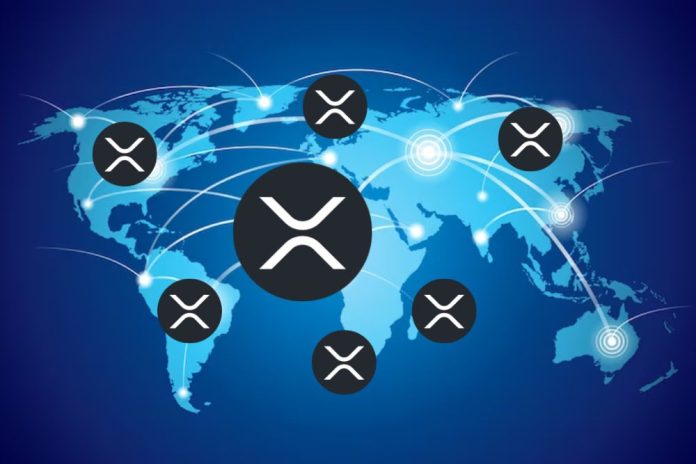Ripple, a leading provider of enterprise blockchain solutions, has established a significant global footprint through strategic partnerships and technological advancements.
Despite facing regulatory challenges in the United States, research by Tokenicer, an enterprise blockchain researcher, reveals that the company has successfully expanded its operations across all continents.
South America and Europe: Pioneering CBDC Adoption
In South America, Ripple has been at the forefront of Central Bank Digital Currency (CBDC) development. The Bank of Colombia, for instance, has conducted extensive testing of its CBDC on Ripple’s platform.
Additionally, the company’s partnership with Fenasbac, a Brazilian association of central bank servers, aims to modernize the country’s financial sector through blockchain-based solutions.
Europe has also witnessed a surge in Ripple’s influence. The company has collaborated with Clear Junction to facilitate seamless cross-border payments between the European Union and the United Kingdom.
Moreover, the Central Bank of Montenegro has selected Ripple’s CBDC platform for testing and deployment, while DZ Bank in Germany has integrated Metaco, a Ripple acquisition, into its digital asset platform.
Asia and the Middle East: Strong Partnerships and Growth
Ripple’s presence in Asia is particularly prominent, driven by its long-standing partnership with SBI Holdings. This collaboration has enabled the use of XRP for cross-border remittances across several countries in the region, including the Philippines, Vietnam, and Indonesia.
Furthermore, the company has secured a Major Payments Institution (MPI) license in Singapore, expanding its reach in the Asian market.
Ripple has established strategic partnerships in Dubai and Egypt in the Middle East. The company’s collaboration with the Dubai International Financial Centre aims to promote blockchain adoption in the United Arab Emirates.
Additionally, Ripple has partnered with major Egyptian banks to enable blockchain-based payments and non-fungible tokens (NFTs).
We are on twitter, follow us to connect with us :- @TimesTabloid1
— TimesTabloid (@TimesTabloid1) July 15, 2023
Africa, Oceania, and Australia: Expanding Influence
Ripple’s expansion has extended to Africa, where the company has partnered with Onafriq to enhance remittance capabilities across the continent. In Oceania, the Republic of Palau has utilized Ripple’s CBDC platform to test a stablecoin pegged to the US Dollar.
Australia has also seen notable developments, with Novatti launching a fiat-backed AUD stablecoin on the XRP Ledger. Furthermore, Ripple has engaged in discussions with the Reserve Bank of New Zealand regarding CBDC adoption.
Ripple’s global reach is evident through its strategic partnerships and technological advancements across all continents. The company’s focus on CBDCs, cross-border payments, and other blockchain-based solutions has positioned it as a key player in the evolving financial landscape.
Disclaimer: This content is meant to inform and should not be considered financial advice. The views expressed in this article may include the author’s personal opinions and do not represent Times Tabloid’s opinion. Readers are urged to do in-depth research before making any investment decisions. Any action taken by the reader is strictly at their own risk. Times Tabloid is not responsible for any financial losses.
Follow us on Twitter, Facebook, Telegram, and Google News


